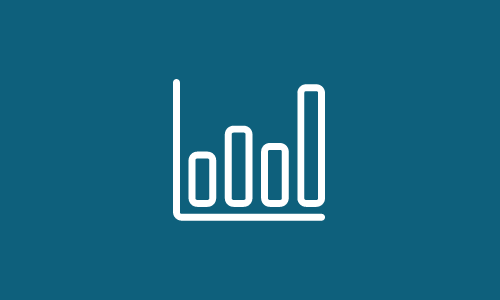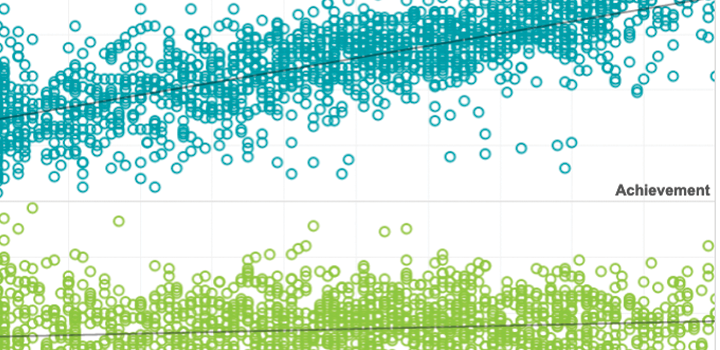

Using retest data to evaluate and improve effort-moderated scoring
This study investigated effort‐moderated (E‐M) scoring, in which item responses classified as rapid guesses are identified and excluded from scoring, and its affect on score distortion from disengaged test taking.
By: Steven Wise, Megan Kuhfeld
Topics: Measurement & scaling, Innovations in reporting & assessment, School & test engagement


This report presents the results of a mode comparability study conducted based on empirical data to evaluate how scores from MAP Growth administered on the constraint-based engine (CBE) compare to those administered on the current MAP Growth engine known as COLO.
By: Patrick Meyer, Emily Bo
Products: MAP Growth
Topics: Measurement & scaling, Test design


Automated item generation (AIG): A future for more equitable measurement
This presentation summarizes the work that’s been done at NWEA to implement automated item generation (AIG), in addition to traditional approaches, to leverage the future.
By: Sarah Miller, Sylvia Scheuring, Abby Javurek, Jake McMillen, Emily Bo, Mary Ann Simpson
Topics: Item response theory


Achievement and growth tables for private schools
This interactive tool provides context on the typical patterns of achievement and growth in mathematics and reading for private and Catholic schools who take MAP Growth assessments. It provides multiple ways to examine patterns for different groups of students, including by student gender, race/ethnic group, region, and state.
By: Michael Dahlin, Art Katsapis
Topics: Innovations in reporting & assessment, Empowering educators


MAP Growth Goal Explorer User’s Guide
This user’s guide for the MAP Growth Goal Explorer describes how to use this interactive tool, the benchmarks it uses to provide context on student growth goals, a framework for goal setting, instructions for how to download information from the tool, and answers to frequently asked questions.
By: Dave Moyer
Topics: COVID-19 & schools, Empowering educators, Innovations in reporting & assessment


The MAP Growth Goal Explorer is designed to support and simplify the goal-setting process by showing a range of possible fall-to-spring growth goals against the backdrop of important academic benchmarks.
By: Dave Moyer
Topics: COVID-19 & schools, Empowering educators, Innovations in reporting & assessment


5 patterns in math skills of new kindergarteners—and 4 ways to address them
Learn what research shows about the variation in math skills early learners have when they enter kindergarten and ways to support building of these foundational skills.
By: Elizabeth Barker
Topics: Equity, Early learning, Math & STEM


